Above: Corpus Christi procession, painted c. 1510-1520. The words on the canopy are from St Thomas’ ‘Lauda Sion’ sequence.
There is a hidden poet from the high medieval ages. He has not the status of Wordsworth, Shakespeare, or Frost, yet it is safe to say that he is quoted more often than any of them combined. Indeed, his poetry is sung perhaps thousands of times every day around the world. Who is this mystery poet? His name is St Thomas Aquinas, and his poetry includes the timeless hymns, Panis Angelicus, O Salutaris, and Tantum Ergo. Tantum Ergo, it seems to me, gives St Thomas the unofficial record of being the most quoted poet ever, for it is sung before benediction of the Blessed Sacrament. And how many Eucharistic benedictions are given daily around the world!
Firstly, here is some historical background for the composition of these hymns (which are also poems, for every hymn is a poem). Recall that Corpus Christi (falling this year on June 3rd) is the feast day honoring Christ’s Body and Blood in the Holy Eucharist. At the consecration of every Mass, bread and wine are changed into the Body and Blood of Jesus Christ. Although we continue to see the appearances of bread and wine, what we see is no longer bread and wine. Instead, Jesus Christ, body, blood, soul, and divinity, is truly present under the appearances of bread and wine.

Before August 1264, St Thomas Aquinas, the famed yet humble scholar, was asked by Pope Urban IV to compose the texts for the Mass and Divine Office of the feast of Corpus Christi. At that time, the feast of Corpus Christi was still very young and not yet universally celebrated. St Thomas began prayerfully choosing the Scripture passages to be used at Mass and the antiphons to be prayed in the Divine Office. He considered what the orations and hymns should express. Pope Urban IV accepted the work of St Thomas, and on 11 August 1264, decreed Corpus Christi to be celebrated universally throughout the Church (though it wasn’t actually universally celebrated until the next century).
St Thomas wrote four hymns for the feast of Corpus Christi. The first is titled Lauda Sion; it is a long sequence sung before the Gospel at Mass. The other three, titled Sacris Solemniis, Verbum Supernum, and Pange Lingua, are respectively sung at Matins, Lauds, and Vespers of the Divine Office on Corpus Christi. I encourage the reader to listen to these on Youtube because they are fully enjoyed with their Gregorian Chant melodies. But what about the famous Tantum Ergo, O Salutaris, and Panis Angelicus? These hymns are simply parts of the above hymns. Tantum Ergo is verses 5-6 of Pange Lingua (Vespers hymn), O Salutaris is verses 5-6 of Verbum Supernum (Lauds hymn), and Panis Angelicus is verses 6-7 of Sacris Solemniis (Matins hymn).
Let us now examine St Thomas’ hymn, Pange Lingua, for Vespers of Corpus Christi. We will point out a some things concerning his artistic style and the grand ideas he expresses about the Holy Eucharist. The English translation in the right column is a fairly literal, not a poetic, translation of the Latin. A literal translation helps us better understand St Thomas’ exact ideas in the hymn.
Verse 1
Pange, lingua, gloriósi Córporis mystérium,
Sanguinísque pretiósi, quem in mundi prétium
Fructus ventris generósi Rex effúdit géntium.
Praise, my tongue, the mystery of the glorious Body
And of the precious Blood which the King of the nations,
Fruit of a royal womb, poured out as the world’s ransom.
This first verse declares the purpose of the feast of Corpus Christi: to praise the mystery of Christ’s Body and Blood in the Holy Eucharist. But since poems state truths not by bland statements, but by beautiful images, St Thomas uses the image of a tongue being commanded to sing the praises of this great mystery: Praise, my tongue, the mystery… And just like a good poet, St Thomas pays homage to the Christian poetic tradition by modeling these first lines from those of a more ancient Christian hymn in honor of the Holy Cross: Pange Lingua by Venantius Fortunatus (c. 530-600).
To whom does the phrase in line 3, royal womb, refer? The Blessed Virgin Mary.
Verse 2
Nobis datus, nobis natus ex intácta Vírgine,
Et in mundo conversátus, sparso verbi sémine,
Sui moras incolátus miro clausit órdine.
To us He was given, to us He was born of a pure Virgin.
He lived in the world and when He had spread the seed of truth,
He closed in a wondrous way the period of His sojourn here.
St Thomas wants to focus on the Last Supper of Christ, so in this second verse he settles for a quick summary of our Lord’s earthly life up until the Last Supper. We see our Lady appear again: to us He was born of a pure Virgin. This phrase is especially beautiful when sung with the original Gregorian chant, which emphasizes it with a soaring melody. Moreover, contained in this line is a profound thought: the Body of Christ which we consume at Mass is the same body which was born of the pure Virgin Mary. It is the same body of Him who lived 33 years for us, suffered for us, rose from the dead, and is now gloriously in Heaven. Finally, in line 3, what is the wondrous way in which Christ closed His sojourn here on Earth? We will find out in the next verse.
Verse 3
In suprémæ nocte coenæ recúmbens cum frátribus,
Observáta lege plene cibis in legálibus,
Cibum turbæ duodénæ se dat suis mánibus.
As He is reclining with His brethren on the night of the Last Supper,
He complies completely with the Law regarding the legal foods,
And then gives Himself with His own hands as food to the group of twelve.
This is my favorite verse of the hymn. We are given a heart-touching image of the Last Supper. Christ eats the Jewish Passover meal with the Apostles, whom He affectionately called brethren (John 20:17). He is said to recline with the Apostles in reference to the ancient practice of reclining on one side while eating. But once the legal observances of the Jewish Passover were completed, Christ instituted something infinitely greater than the Passover: Holy Mass. In the Old Covenant, the Israelites ate a lamb at Passover in remembrance of the night in Egypt when the angel of death passed over the houses of the Israelites. In the New and Eternal Covenant, Catholics eat the Lamb of God, Christ himself, at Holy Mass, which is the sacrifice of the Cross occurring again in a true, yet mystical manner.
In line 3, St Thomas beautifully expresses the institution of the Eucharist with a poetic conundrum: Christ gives Himself with His own hands as food to the Apostles. How can one give himself with his own hands? Christ can do so because what looks like bread is truly Himself!
Verse 4
Verbum caro, panem verum verbo carnem éfficit:
Fitque sanguis Christi merum, et si sensus déficit,
Ad firmándum cor sincérum sola fides súfficit.
The Word made flesh by a word changes true bread into His flesh,
And wine becomes His blood. If man cannot perceive this change,
Faith of itself is enough to convince the well-disposed.
This wonderful verse elaborates on that sacred moment when Christ said: This is my Body and This is my Blood (Matt 26:26-28). Line 1 of this verse is phonetically pleasing: when these similar sounding words are sung to the chant, they flow so smoothly off the tongue. The next idea concerns faith and sight, an idea which we see in other poems of St Thomas. The bodily sense of sight cannot see the host to be Christ’s Body. The host looks like bread, tastes like bread, and feels like bread. Similarly with the wine. But these are no longer bread and wine, but Christ’s Body and Blood. What is required to recognize the change from bread to Body, wine to Blood? Faith. As Catholics, we believe firmly that this is Christ’s Body and Blood, because He who told us so is Truth itself: I am the way, the truth, and the life (Jn 14:6). This faith gives us so much certitude that many people willingly accepted martyrdom in protecting the Eucharist.

Verse 5
Tantum ergo sacramentum veneremur cernui,
Et antiquum documentum novo cedat ritui;
Praestet fides supplementum sensuum defectui.
Bowed low, let us therefore venerate so great a sacrament.
Let the old types depart and give way to the new rite.
Let faith provide help where the senses fail.
Now we come to the Tantum Ergo. Having examined the previous verses, we now see the reason for the word ergo (therefore). Because Christ has loved us so much in giving us His Body and Blood ̶ and this in such a wonderful and mysterious manner ̶ we bow low in veneration to so great a Sacrament. This is the reason why we actually bow down to the floor while singing these words (think of the classic English translation: Down in adoration falling).
Line 2 expresses something similar to an idea in verse 3. The ancient rites of the Old Covenant were mere shadows, figures and types of the fullness of grace which Christ brought to mankind. To paraphrase the ideas contained in line 2: “Let the paschal lamb depart from usage because Christ, the true Lamb of God, is sacrificed. The blood of the paschal lamb put on the doors of every house saved the Israelites in Egypt from the angel of death. The blood of Christ, applied to our souls, saves us from eternal death. Let the evening sacrifice of the lamb cease (Ex 29:38-42), for Christ our Lord has offered up the sweetest evening sacrifice on His Cross. Let the sacrifice of the Scapegoat cease (Lev 16:20-22), for Christ has taken on all our sins and suffered for them outside of the city.”
Finally, we ask for an increase of faith because the senses by themselves (sight, taste, touch), fail to discern Christ in the host. Let us walk by faith, and not by sight (2 Cor 5:7).
Verse 6
Genitóri, Genitóque laus et jubilátio,
Salus, honor, virtus quoque sit et benedíctio:
Procedénti ab utróque compar sit laudátio.
To the Father and the Son be praise, acclamation,
salvation, honour, might and blessing too.
To the One who proceeds from them both be equal praise.
This last verse is called a doxology. A doxology is a short verse praising God and it is used to conclude a prayer or hymn. Doxologies most commonly have a Trinitarian theme, praising the Father, Son, and Holy Spirit. In liturgical hymns it is customary to conclude with a Trinitarian doxology, as concludes the Pange Lingua. Compare it to ending a decade of the Rosary with the Glory Be. It is the crown of the prayer since it brings the mind back to the Holy Trinity, the source and goal of our entire existence. St Thomas’ doxology is a compact and poignant end to this hymn, and takes some inspiration from earlier medieval hymn writer, Adam of St Victor.
Thus ends the Pange Lingua of St Thomas Aquinas. He is known for his theology rather than his poetry, but I don’t hesitate to say that this hymn is first-class amongst Christian poetry. St Thomas’ piety, and thus his poetic style, is very theological. He doesn’t focus on subjective emotion in his hymns but rather on expressing the deep truths of the Eucharist in a way that makes us say: “I have never considered it like that before!” St Thomas, however, did write one poem which is very personal. It is titled Adoro Te Devote and is his greatest poetic work. Hopefully we can examine that poem sometime.
A note from the editor:
Fr Richard Wallace is a priest of the Priestly Fraternity of St Peter. He is currently serving the Fraternity’s Parramatta apostolate, who are in desperate need of a church in Western Sydney. Please click here to find out how you can support them.
Jesus and the Jewish Roots of the Eucharist: Unlocking the Secrets of the Last Supper – Dr Brant Pitre – Augustine Institute (Paperback)
“Jesus and the Jewish Roots of the Eucharist” shines fresh light on the Last Supper by looking at it through Jewish eyes. Using his in-depth knowledge of the Bible and ancient Judaism, Dr. Brant Pitre answers questions such as: What was the Passover like at the time of Jesus? What were the Jewish hopes for the Messiah? What was Jesus’ purpose in instituting the Eucharist during the feast of Passover? And, most important of all, what did Jesus mean when he said, “This is my body… This is my blood”?
To answer these questions, Pitre explores ancient Jewish beliefs about the Passover of the Messiah, the miraculous Manna from heaven, and the mysterious Bread of the Presence. As he shows, these three keys-the Passover, the Manna, and the Bread of the Presence-have the power to unlock the original meaning of the Eucharistic words of Jesus. Along the way, Pitre also explains how Jesus united the Last Supper to his death on Good Friday and his Resurrection on Easter Sunday





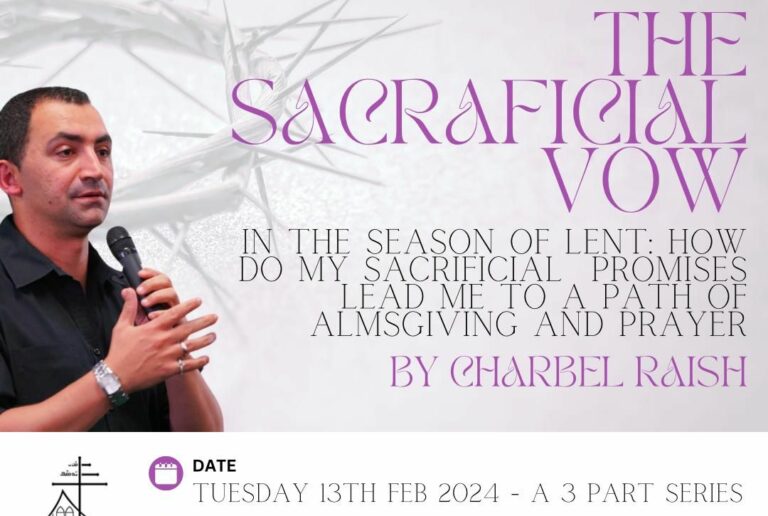
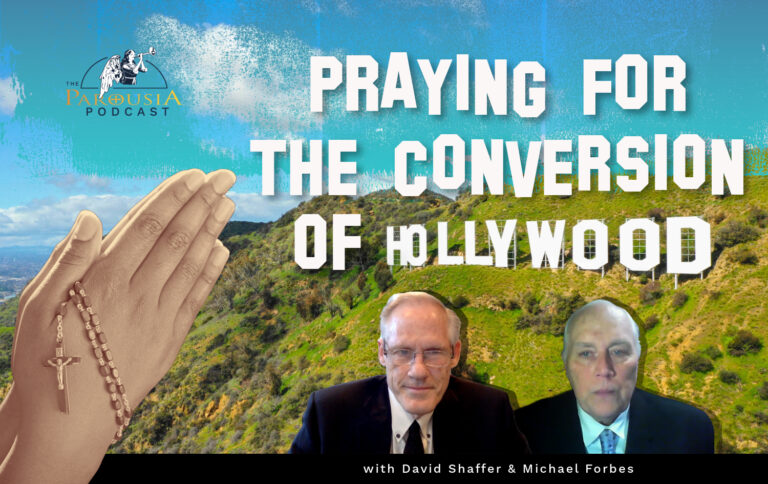
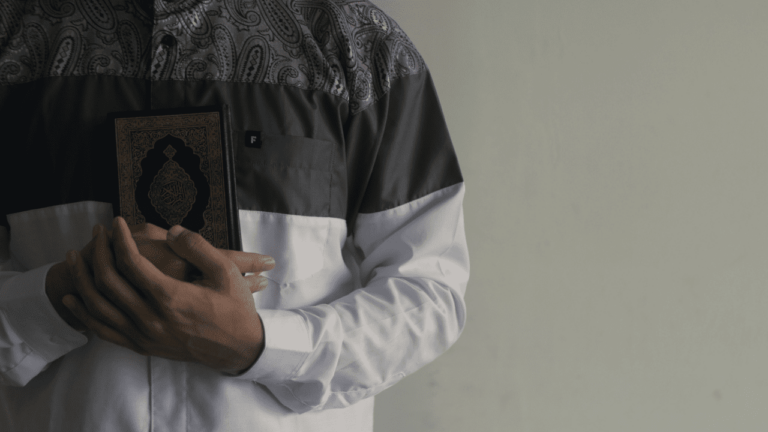
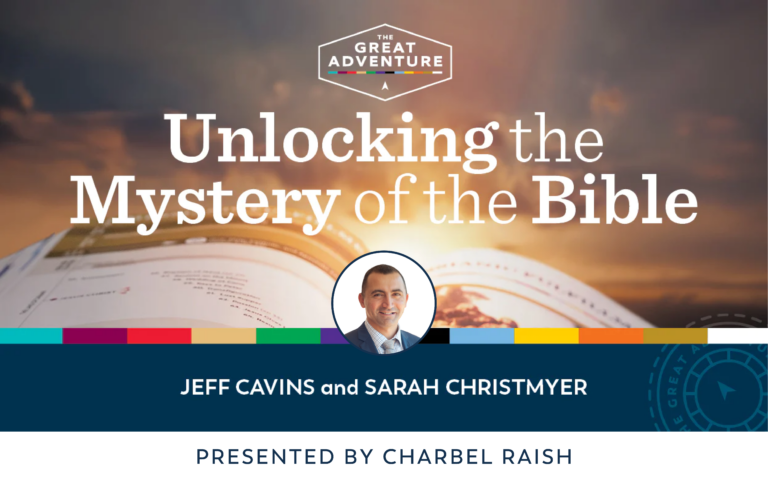
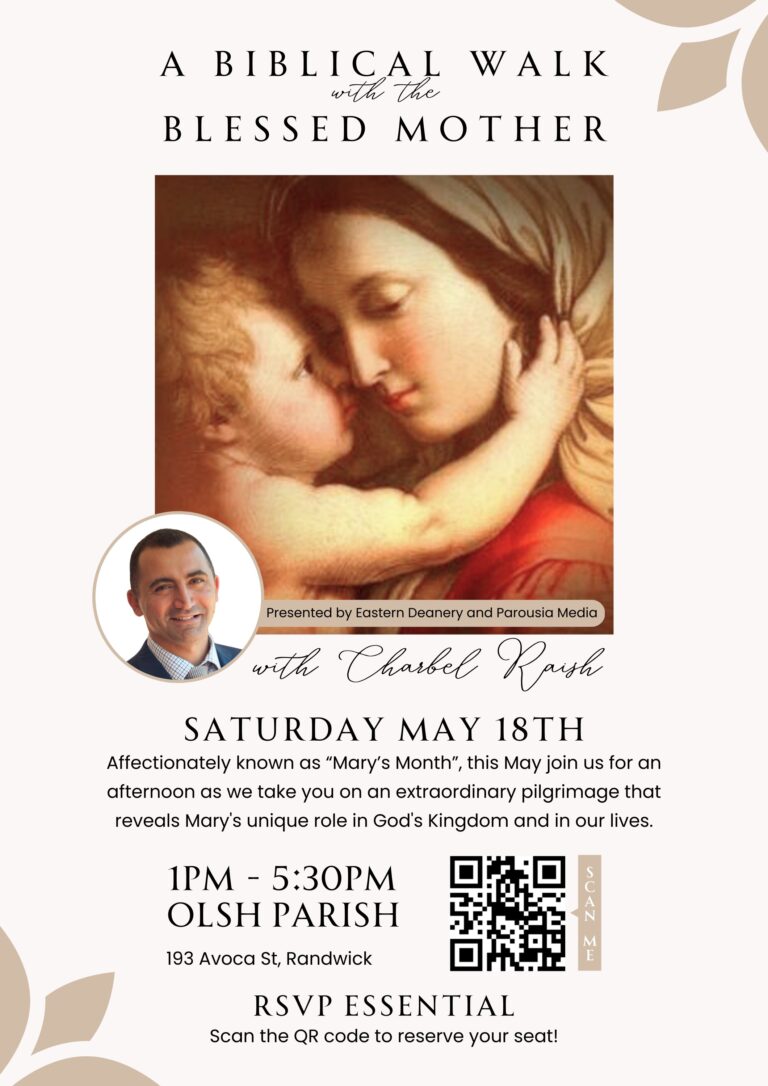
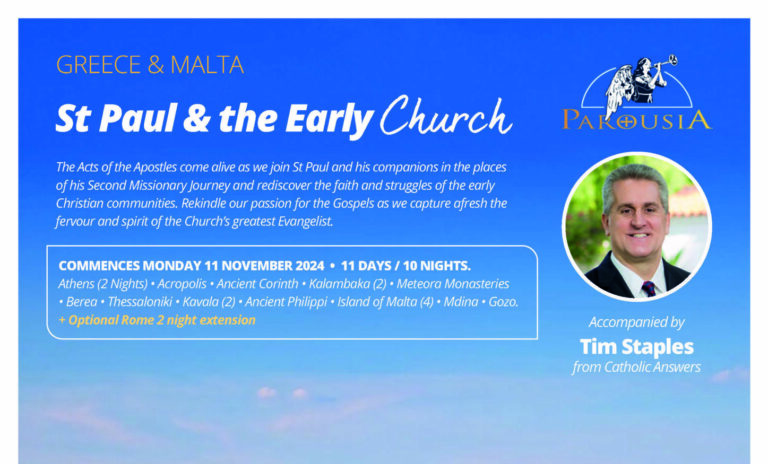
Recent Comments